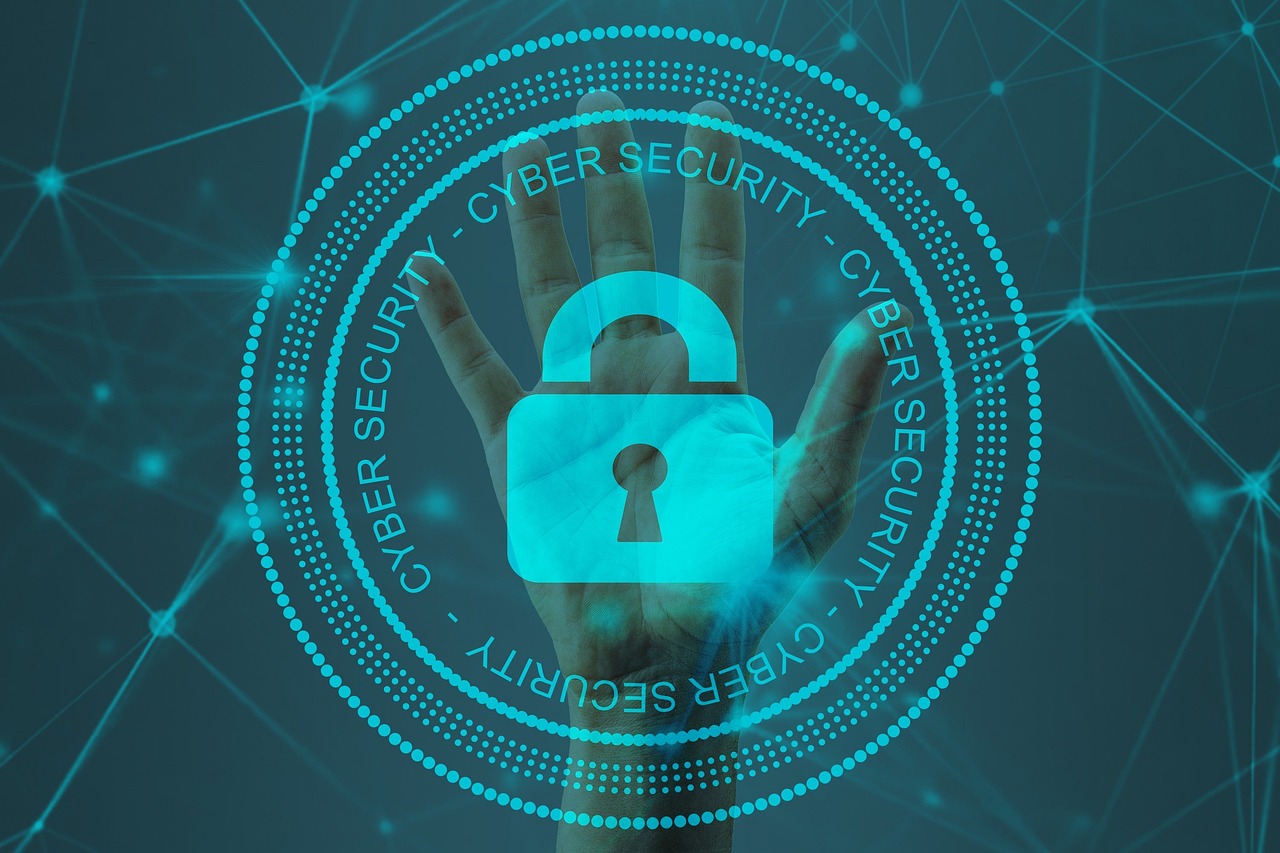October 2023

National Cyber Security Awareness Month: Tips and Tricks
By Ayushri Jain
As October draws to a close, it marks the end of National Cyber Security Awareness Month. However, safeguarding your sensitive data and computer systems doesn’t have to be daunting or expensive. With a little knowledge and minimal effort, you can achieve robust cybersecurity. The good news is that many best practices in cybersecurity can now be automated, and you can even protect your digital life using trusted free tools. To reduce the risk of ransomware and malware, keep all software on your internet-connected devices, including personal computers, smartphones, and tablets, current. You can automate updates or set up notifications for available updates.
The length of a password is more important than its complexity. Choose passwords that are at least 12 characters long, including a mix of letters, numbers, and symbols. Ideally, your password shouldn’t resemble a common word or phrase. It’s crucial to have a distinct password for each online account. If this sounds challenging to remember, consider using a password manager or crafting a lengthy passphrase. Say goodbye to handwritten or digital note-taking of passwords. Instead, employ a password manager application to securely handle your online credentials. Password managers store your passwords in an encrypted database and can even generate new passwords when needed. These tools are widely available, and some browsers and device operating systems come with built-in password management features.
Elevate the security of your crucial accounts by using MFA, which may include biometrics like facial recognition or fingerprint scanning, security keys, or apps that generate unique, one-time login codes. It’s advisable to use MFA whenever it’s offered. Be vigilant when it comes to clicking on links, as cybercriminals often exploit this vulnerability to gain access to your sensitive information. Avoid clicking on links or downloading files from unknown or unexpected sources. Take a moment to assess the authenticity of emails or messages before acting. Reporting phishing attempts is an effective way to combat cybercriminals. Notify your IT manager or
security team if a phishing email targets your work address. For personal email addresses, refrain from clicking on links or responding to suspicious emails. Most email programs and social media platforms provide options to report phishing. Swiftly delete phishing messages and block the sender.
Public wireless networks are typically unsecured, making your online activities vulnerable to prying eyes. Limit sensitive activities on public Wi-Fi, such as accessing email or financial services accounts. Consider using a virtual private network (VPN) or a personal/mobile hotspot for enhanced security. Protect your valuable digital information by creating and storing backups. Adhere to the 3-2-1 rule: keep three copies of your data, with two stored on different storage media and one located offsite. Consider using cloud services for secure storage.
Configure privacy and security settings according to your preferences every time you create a new account, download an app, or acquire a new device. Regularly review and adjust these settings to ensure they align with your comfort level. Think before posting personal information about yourself and others online. Consider the potential consequences and who might have access to the information. Be mindful of the content you share and its impact.
